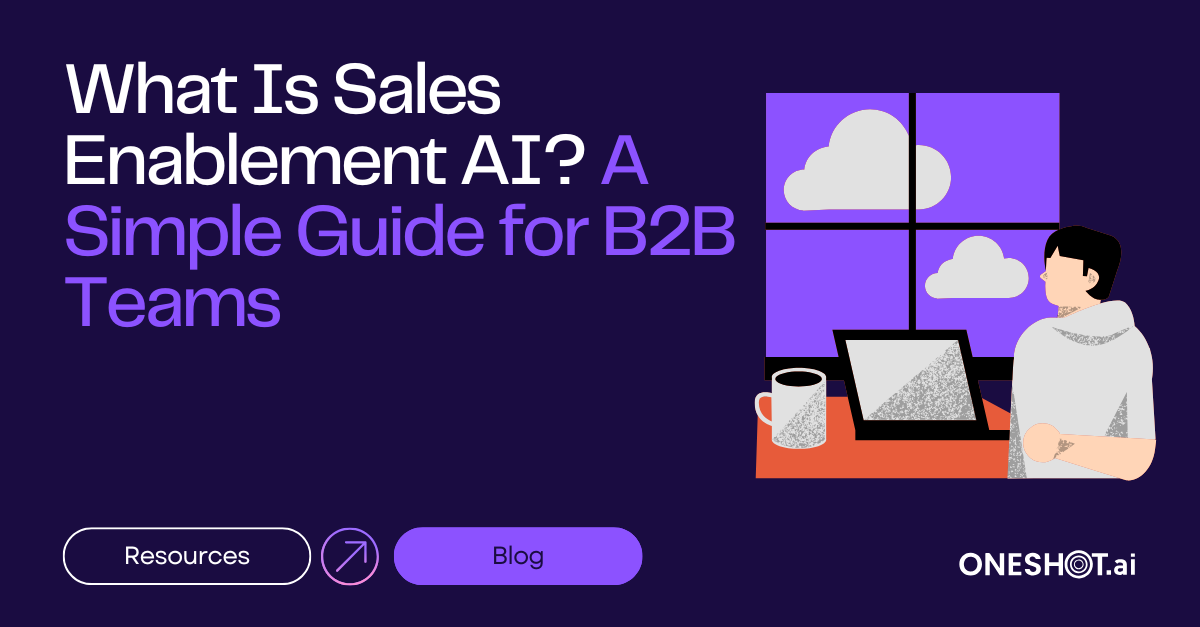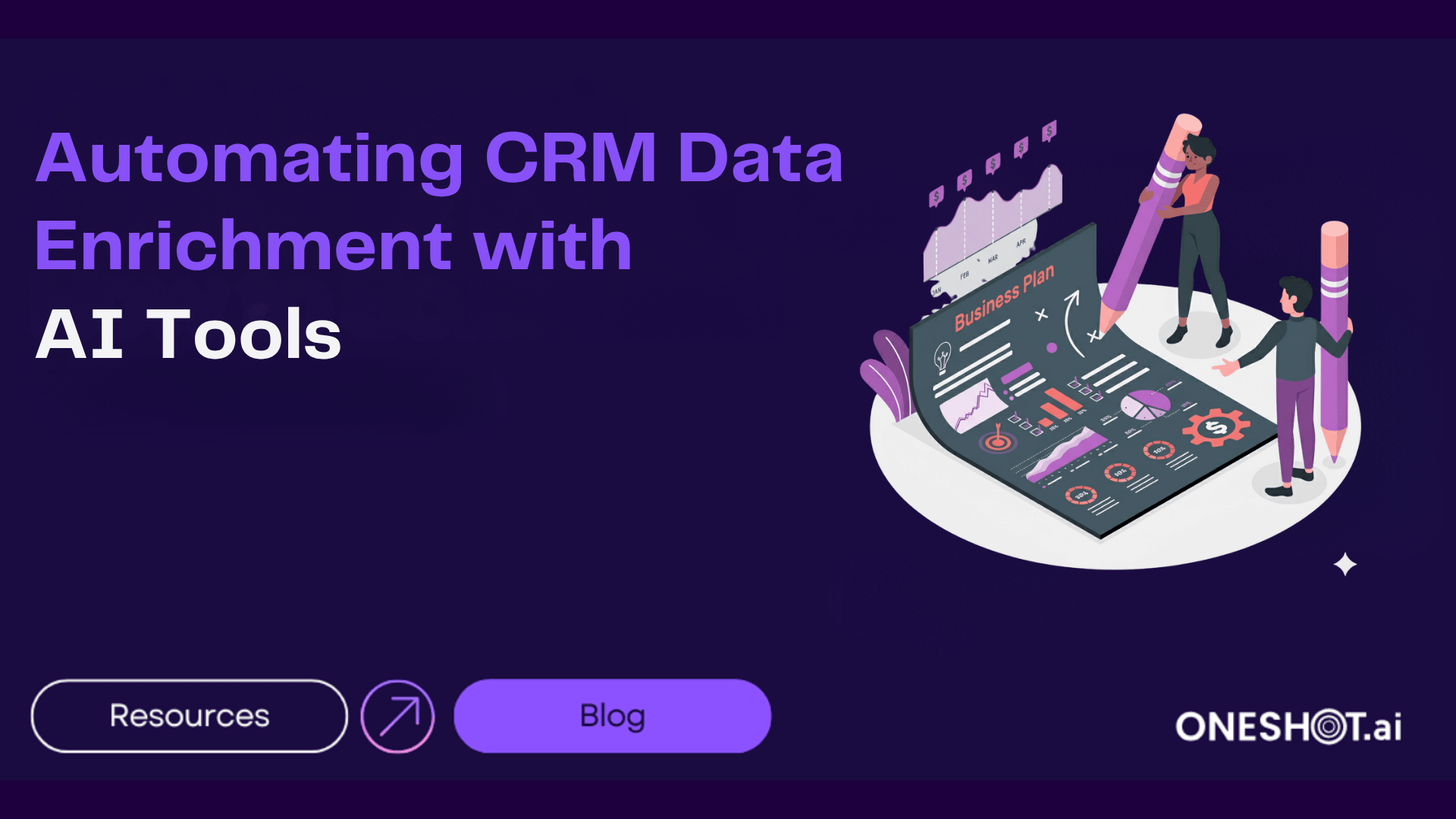The sales email has always been at the core of any successful outreach strategy.
But saturation and stiff competition both in the volume and the quality of cold email tactics has put pressure on response rates from prospects, accelerating a decline in successful first-contact metrics.
Enter LinkedIn, presenting a new way of approaching potential buyers and forever altering the sales development rep’s engagement toolkit. Here, social selling has big promises for success, with an estimated 76% of buyers ready to have sales conversations on social media.
To many though, success on LinkedIn often goes as far as merely adding another touchpoint to the sales cadence, or, worse still, sending out a generic connection request to work through a target prospect list.
Context is key and the differences and constraints between constructing a cold email versus a LinkedIn message should be considered for each in order to maximize success in both channels
Let’s a take a look at the pros and cons of each.
Cold Emailing
At its heart, email is cost-effective and less intrusive than cold calling, and when paired with automation it can promise decent and fast ROI to offset any deficiencies in low response rates. And for B2B, response rates are low, averaging around 1%-5%.
It is also likely the starting point for most reps in their cold outreach ventures.
Pro: Automation
The days when sales teams crafted cold emails for one person at a time are long gone. Today, automation tools enable you to template and sequence emails to thousands of people at once with a few simple clicks.
There are many easily accessible tools out there that can help you reach out to potential buyers at scale, and they all offer the ability to track open and reply rates, so you can test messaging and other variables such as send times.
At their best, using such tools help you generate leads whilst validating your approach with metrics.
Pro: Reach
Meeting quota has a tendency to translate to close scrutiny on activity metrics. Sending a sequence to 5, 50 or 500 prospects a day certainly can make a difference on tracked activities.
Most cold email platforms have a daily sending limit of around 500 emails every 24 hours, so unless your objective is to reach as many as possible in the shortest time span (we don’t recommend this…) the question becomes how well are you able to build out your email list against your ICP, and how far you are able to organize your list into personas for customized messaging potential.
You’re probably thinking that you can achieve the same reach with LinkedIn automation. Well, think twice. LinkedIn currently limits you to only around 400 monthly invitations, and more importantly, accounts are at risk of being flagged as spam by LinkedIn and you risk having your account banned if you try to growth hack with similar tactics. Read more on the LinkedIn Weekly Invitation Limit.
Pro: Convenience
An obvious one, but what makes sending emails so convenient?
Compared to cold calling it’s significantly less intrusive, prospects don’t have to pick up the phone to take your call while they’re on a meeting or a lunch break. And compared to LinkedIn you can test out different approaches and optimize messaging at scale, learn faster with more data.
Con: Maintaining your lists
The size of your prospecting database doesn’t matter. The quality does. If you’ve sent 20 emails to someone and they don’t ever open them, who cares? Read more on LinkedIn Prospecting Messages.
The person and company data that you use to build your lists are critically important, and there are costs involved depending on whether you go with a data provider and with what data provider you choose to go with. Prospects are not static, they are constantly moving around to different companies and taking on different roles, make sure that your database is up to date as these are key elements to be used for personalization that you want to get right.
Con: Spam risk
Falling into the dreaded black hole that is a prospect’s spam folder is an issue we all must contend with. In March 2021, spam messages accounted for 45.1 percent of all email traffic. And let’s be honest, if your email ends up in the spam folder, it’s a goner.
How many prospects are actually going to take the time to sift through their spam to see if maybe, just maybe, your email was inadvertently diverted there? Our guess would be zero. Especially since this is cold emailing we are talking about. No one expects to receive an email in the first place.
The more emails you send with automation, the higher the risk.
Con: Less personal
Modern ****consumers demand and expect a relevant and personalized experience, and the same is true for B2B. We are after all selling to people, regardless of whether they represent a company or not.
Personalizing your email campaigns is a proven way to increase open and click-through rates and has a measurable impact on your ROI. But unlike LinkedIn, email offers fewer possibilities and levers to pull when it comes to personalization.
Con: Data protection compliancy
Starting in 2018 with the EU’s General Data Protection Regulation (GDPR), and now with other regions following suit, data protection laws fundamentally changed the way companies can handle personal data. This includes your prospecting lists as well as customer data.
This means that your emails need to meet certain requirements. GDPR requires that the company where the prospect is employed can benefit from what your company has to offer in the email. What’s more, your business activity should be logically connected to your prospect’s business activity. That gives us a legal basis to send someone an email without their previous consent to process their data.
In real terms, however, you don’t need to be an expert to navigate this and strictly speaking you shouldn’t consider it a disadvantage. Abiding by data protection requirements simply means you are considering your outreach in a relevant way to your audience to provide a benefit, and this aligns organically to your desired results.
LinkedIn Outreach
When combined with Sales Navigator’s audience filters, LinkedIn presents reps with a powerful proposition to combine precision targeting with personalized messaging. It also offers a completely new context for cold outreach, one that sits within the conversational flow of social media.
This also means that it should be approached differently, and most of the cons involved with LinkedIn lie in attempts to map scalable email campaign tactics onto it.
Pro: Potential for personalization
As an SDR, you understand that your prospects tune out when receiving the same generic messages repeatedly. The more you push for scale and automation, the harder it becomes to customize for relevancy.
LinkedIn allows us to address our prospects as unique human beings and leverage the information they themselves choose to update their profiles with. This is powerful stuff, as crafting a thoughtful, personalized invitation message that speaks to their accomplishments, posting activity, or your common interests provides benefits that greatly outweigh the small effort needed to write it. Learn more about LinkedIn Prospecting.
With email, conversely, you often rely on the personalization snippets available, such as company name and job title, and the quality of your data provider.
Make personalization a habit, and you’ll enjoy increased invitation acceptance rates and the resulting follow-on opportunities for new business. Messages sent on LinkedIn are by far more personal than emails.
Pro: Social Selling
It would be wrong to stop at messaging when it comes to outreach on LinkedIn, the opportunity to optimize for success cuts far deeper.
Cultivating your own profile and your own activity on LinkedIn affords opportunities to showcase your values and persona in ways that are just not possible with email, and in a non-intrusive way from your prospects POV. Plus you extend your reach beyond just those you are targeting.
This is known as Social Selling, and it requires dedication and consistency, if you’re unsure how to get started check out how some of the best do it.
Pro: Pinpoint targeting
LinkedIn’s paid tool, Sales Navigator, enables you to drill down into 774M+ members at 57M+ companies worldwide listed on LinkedIn.
Using filters in combinations allows you to focus your efforts directly on your ICP and across different personas. This has the added benefit of allowing you to track back the filters you are using into forming the starting segments of personalization.
Pro: Versatility
As well as being less intrusive than email, you also have more opportunities to be creative with the ways you engage. Attaching images, video, LinkedIn voice notes, and links to other LinkedIn posts is a lot more feasible with a LinkedIn message, with the native DM format attached to your public profile making it less risky to send attachments.
Con: Invitation Limits
Use this one to your advantage.
As of May 2021, LinkedIn clamped down on the limits of how many invitations you can send out on LinkedIn. It used to be 3,000 a month/100 a day but is now 400 a month. Attempting to push on these limits, or scale with LinkedIn automation tools risks getting your account banned.
However, understanding the reasons behind why LinkedIn brought in the limit will make you a better sales rep. Protecting the LinkedIn ecosystem means limiting spam and ensuring members stay engaged with valuable content - if you are attempting to blitz your lists with canned email-stye message templates then you are not contributing to this ecosystem, vis-à-vis, you are unlikely to get your desired engagement.
Avoid risks with LinkedIn automation tools and focus on quality, not quantity. Go with a tool that enables better messaging.
Con: Persistence
The raft of available profile data means it accordingly takes up valuable selling time to craft that perfect personalized message. Staying on track of pending connection requests and follow-up opportunities also can be a fiddly and manual task within the platform. And then there’s Social Selling, a more involved and thoughtful undertaking altogether.
All of these things are sure to book you meetings, but they require more effort in return than email sequencing.
Can there be a winner?
Clearly, this is the wrong question. Email is going nowhere and nor should it. As an SDR your objective is to make contact using all channels at your disposal, and there are plenty of people who respond more frequently dependent on the platform.
Implementing a sales cadence tailored to your target personas and using all available touchpoints across channels should be a foundational starting point to discover where you get the most success.
The smart rep is stepping back and looking at what’s working and where – adjusting the order, frequency, and messaging of your touchpoints based on results is the only way to increase those results.
Having said that, LinkedIn in 2021 is fertile ground for exploitation in 2021, both with buyers being more receptive to social media and with significantly higher response rates for reps who put in the effort with social selling. The lessons learned from LinkedIn, that quality personalized messaging wins over quantity, can also be applied to email for better results and free you from templated automation cycles.






%20(1).png)

